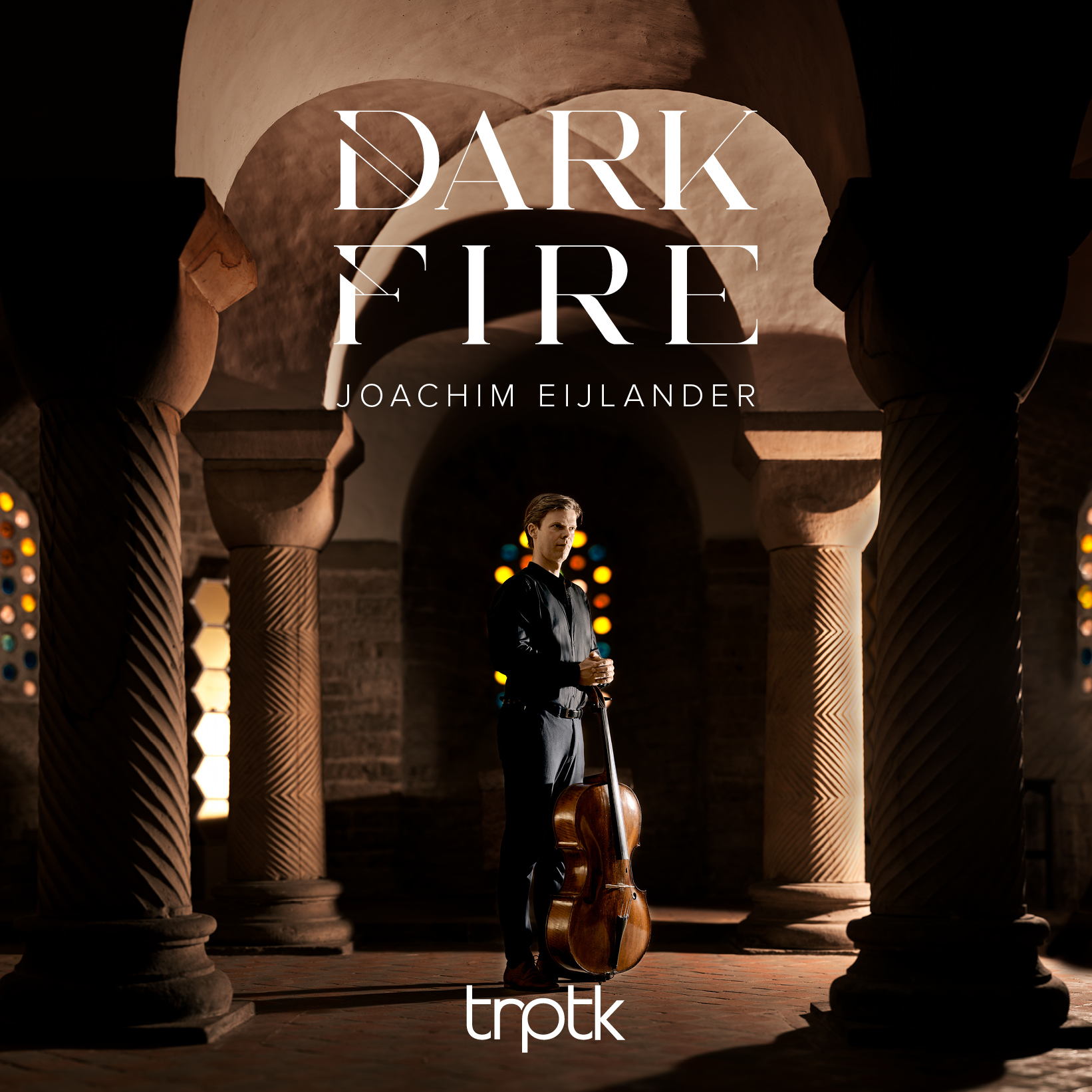Franz Joseph Haydn wrote his Cello Concerto in C major for the principal cellist of his orchestra, Joseph Weigl. In fact, he may have been the only cellist in the orchestra of Prince Ezsterházy at that time.
The prince could afford to hire some of the best musicians of the day, and Haydn composed several concertos for his colleagues. Born in 1732, he was around 30 when he wrote this one, while Weigl, at barely 25, would have fit right into Ensemble Allegria. Haydn and Weigl entertained at the Ezsterházys´ palaces in Austrian Eisenstadt and Hungarian Fertöd; this princely family is, by the way, still going strong, and their palaces are well worth a visit. With their grandiose gardens, they form a parallel to the brilliant first and last movements and the dreamy Adagio of the concerto. Both close to today’s Austro-Hungarian border, they are located in an area which for a long time saw different ethnic groups living alongside each other.
Many nationalities lived within the borders of the Habsburg Empire, and in this region German, Hungarian and Croat villages existed (and to a certain degree still do), intermingled with a Jewish population, which enjoyed the protection of the prince. In addition, gypsies inspired native composers with their music. Haydn and Franz Liszt were the most famous among them, with their simple childhood abodes contrasting strongly with the princely palaces. In a way, the exuberant virtuosity of the cello concerto´s Finale is reminiscent of the closing section of a czardas.
Tracklist
Please note that the below previews are loaded as 44.1 kHz / 16 bit.Total time: 01:11:10
Additional information
| Label | |
|---|---|
| SKU | LWC1082 |
| Qualities | DSD 128 fs, DSD 64 fs, DXD 24 Bit, FLAC 192 kHz, FLAC 96 kHz |
| Channels | 2ch Stereo, 5 Channel Surround Sound, 2ch Stereo & 5ch Surround |
| Artists | |
| Composers | |
| Genres | |
| Recording Software | Merging |
| Recording Type & Bit Rate | DSD128 |
| Recording location | Østre Fredrikstad Church |
| Recording Engineer | Thomas Wolden |
| Producer | Vegard Landaas |
| Mastering Engineer | Thomas Wolden |
| Original Recording Format | |
| Instruments | |
| Release Date | August 14, 2015 |
Press reviews
HRAudio.net
Ensemble Allegria presents us with a musical sandwich, the bread consisting of Bartók and Shostakovich with a sweetmeat filling by Haydn. I celebrate their second album for which I had been waiting impatiently. Their first one (Allegria – Ensemble Allegria), of music for string orchestra by Grieg and other Norwegian composers, made a great impression, both sonically and in performance.
Allegria are obviously deeply aware of the Divertimento’s context. Their subsequent empathetic response shows that they don’t just play but truly interpret, intelligently conjuring the work’s infectious vitality and technical brilliance together with a notable control of dynamics, shading of stress and coping with Bartók’s eccentric rhythms. I found this a top class exposition of the Divertimento; exciting, haunting and shimmering with the composer’s cerebral landscapes and poetic force.
Haydn’s cello concerto in C is smiling, elegant and graceful; played here to the manner born. Wærvågen’s gorgeous cello tone is applied both to her naturally phrased cantabile lines and clearly articulated passage-work. Although there is no written instruction for a cadenza in the first movement, there is a traditional sequence in a bar close to the conclusion which indicates insertion of an extemporized flourish, and like most other soloists of this work, she obliges with an enjoyable cadenza, presumably of her own invention.
Even more so than the Bartók Divertimento, the Chamber Symphony (which is played here as a single movement, although given track numbers) is a highly personal and psychologically active piece. There are other clues about the composer’s intents by the use of Jewish melodies and musical styles, and quotations from the Catholic ‘Dies irae’, together with quotes from his own works, such as the Cello Concerto, an aria from Shostakovich’s opera Lady Macbeth of Mtsensk, tunes from the Fifth Symphony and also a Russian revolutionary song (“Languishing in prison”).
All this uncertainty, and the fact that the chamber music now becomes public by its orchestration, give string orchestras and their conductors considerable latitude in modes of expression. The Allegria’s view, directed by Maria Angelika Carleson, is so vivid – a performance of trenchant intensity – that I felt drained after the final notes, but at the same time elated, as if somehow I had been communicating with Shostakovich.
An important contribution to the success of this issue is its exemplary sound. I wanted to say that the 5.0 multichannel was perfect, but that is not possible, given that recording is making an illusion for an audience. I can, however, say that the East Frederikstat Church in Eastern Norway has a superb acoustic for music making with ensembles about the size of Allegria, and that Balance Engineer Thomas Walden has achieved an illusion of the orchestra (and the soloists) that is absolutely convincing. The gentle ambience (amplified somewhat in the Haydn, making a sound like the Concert Hall in Esterhazy) illuminates the clearly arranged orchestra, which focuses as if there were individual players, rather than the usual generalised blocks of sound. Even with only two double basses, there are strong and directed bass lines. All in all, a believable illusion type of recording, one of the finest I have heard. The perfectly balanced solo cello sounds almost tangible. Subtle changes of resonant overtones and resonant reactions to changes in bowing are all there, Wærvågen’s Nicolas Lupot cello (1823) having a sweetly dark overall tone.
A delectably emotional program. Prodigious musicality with astonishing reality and fidelity of sound. This is certainly one of my top 5 recordings 2015. Unmissable!
Rating for Sonics and Performance: 5 out of 5 Stars
Only logged in customers who have purchased this product may leave a review.







Reviews
There are no reviews yet.